Amid a blast of winter weather across the US, millions in Texas remained without power on Tuesday amid subfreezing temperatures, with authorities warning of treacherous travel conditions in many states. At least two people were confirmed to have died from the cold.
At least three people killed after tornado hits overnight in North Carolina
Read more
The massive winter storm that immobilized the southern Plains was heading to the eastern Great Lakes and New England, where heavy snow and freezing rain was expected Tuesday, the national weather service (NWS) said.
The storm left behind record-setting cold temperatures with wind-chill warnings from the US-Canada border to the US-Mexico border in the nation’s midsection. In bad news for millions without power, more snow and ice was predicted on Tuesday and on Wednesday along a front reaching from Texas to the Appalachian states.
The worst outages were in Texas, affecting more than 4m homes and businesses. More than 250,000 people lost power across parts of Appalachia and another quarter-million were without electricity following an ice storm in north-west Oregon.
“We’re living through a really historic event going on right now,” said Jason Furtado, a professor of meteorology at the University of Oklahoma.
Texans were struggling. In Austin, Matthew McKick had gone 24 hours without power, the temperature in his house below 35F (1.6C). After finding a hotel room in nearby San Marcos, he told the Guardian, he drove through ice and sleet only to find most of that town had lost power too. He spent the night in his car.
From Galveston, Jessica Knofla said “only a couple of fast food restaurants are open temporarily and the lines were a mile long. They all had to close down because they ran out of food. Basically, everyone who lives here had no warning and is stuck on a blacked-out island with no major stores open and no lights on the road. It’s absolutely infuriating and I’m fucking pissed.”
At the southern-most point of Texas, Brownsville, on the border with Mexico, the temperature had fallen below 30F (-1C). People were in houses not built to retain heat, a problem across the state.
Many did not have water because of frozen or burst piping. Kelsey Muñoz, an intensive care nurse in Dallas, said: “Currently, I have power and I’m hoping I am not jinxing myself by saying that. However, for water I’ve had to gather snow and melt it. Never thought I had to do that in Texas.”
The blackouts forced one Texas county to scramble to get more than 8,000 doses of Moderna’s coronavirus vaccine into people’s arms. The Harris county public health facility lost power between 1am and 2am on Monday and its back-up generator also failed, said Rafael Lemaitre, a spokesman for Harris county judge Lina Hidalgo.
Looking for large groups of people in places where they wouldn’t have to drive and with appropriate medical personnel on hand, officials distributed the doses at three hospitals, Rice University and the county jail. Hidalgo, the top elected official in Houston, said she didn’t believe any vaccines were lost.
The conditions also delayed delivery of new vaccine shipments. State officials said Texas, which was due to receive more than 400,000 vaccine doses this week, did not expect deliveries until at least Wednesday.
Authorities in multiple states reported deaths in crashes on icy roads. Deaths in Texas included a woman and a girl died from suspected carbon monoxide poisoning in Houston, at a home without electricity from a car running in a garage, police said. Law enforcement said temperatures were likely to blame for the deaths of two men along Houston-area roadways.
Frustration mounted over power outages that were not expected to be resolved until later on Tuesday at the earliest. The state’s overwhelmed power grid imposed blackouts that are typically only seen in 100F (38C) summers.
“Things will likely get worse before they get better,” said Hidalgo.
The Southwest Power Pool, a group of utilities across 14 states, called for rolling outages because the supply of reserve energy had been exhausted. Some utilities said they were starting blackouts, while others urged customers to reduce power usage. State officials said surging demand was driven by people trying to keep homes warm and cold weather knocking power stations offline.
The elderly and the homeless were most vulnerable. Each major city implemented “emergency warning centers” but it was not clear how they could follow Covid safety protocols. More than 500 people were at one shelter in Houston but the mayor, Sylvester Turner, said other warming centers had to be shut because they lost power.
VIA (the San Antonio transportation authority) suspended service but deployed supervisors to look for homeless people who needed a ride to one of several warming centers.
Alex Fleming, a pastor, had been volunteering at San Antonio’s First Baptist church, which is serving as an emergency warning center. Capacity is 45 people. As of Monday night, he said, they had sheltered a total of 26 people.
“I think we would be at capacity because each day it kept growing. A lot of places are getting overpacked,” Fleming said. “The only hard is that you can only take so many. You’ve got to turn people away sometimes.”


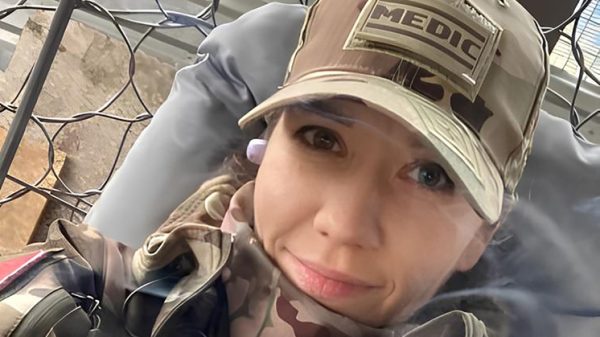




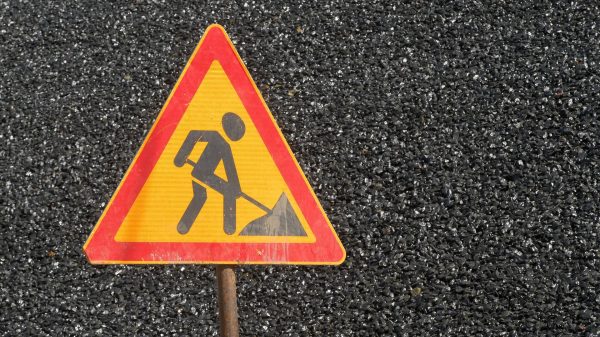
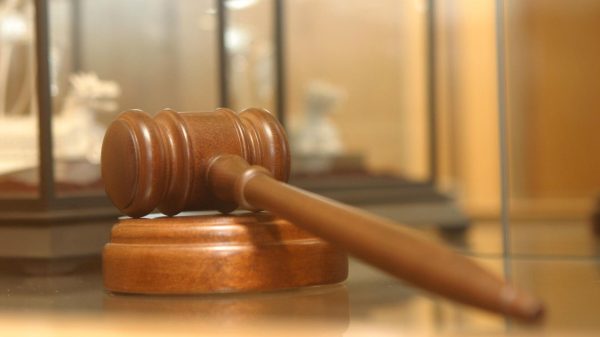
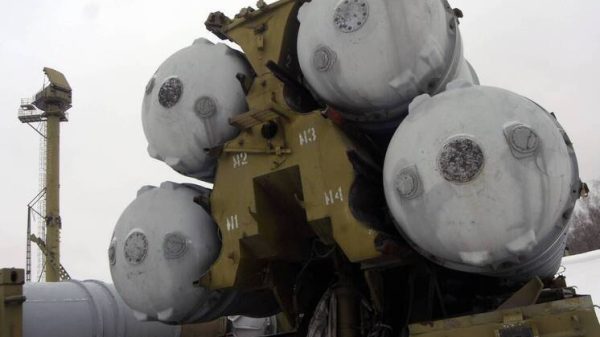
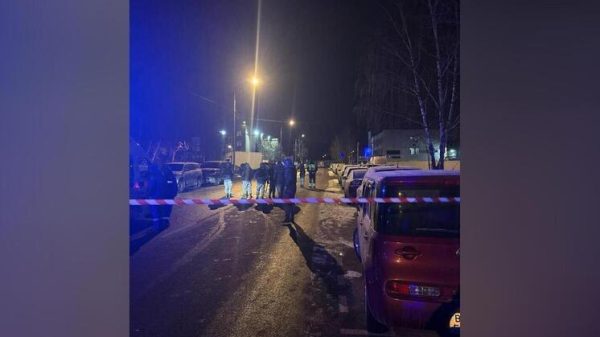
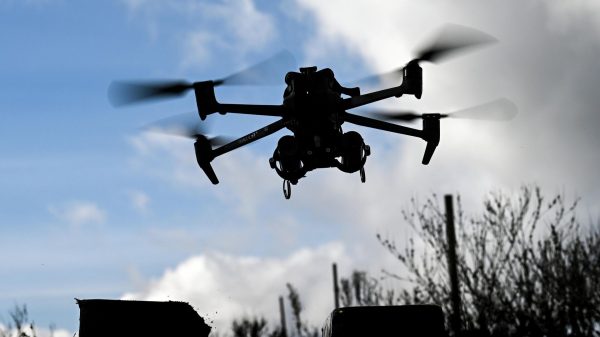

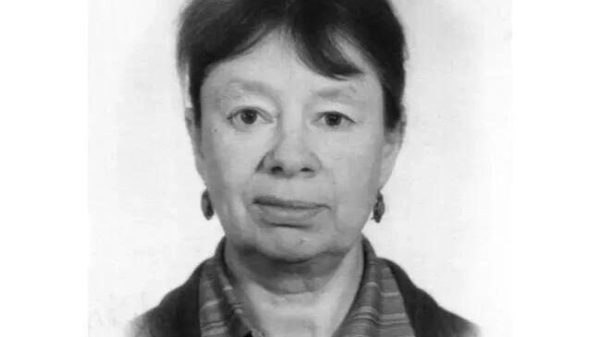

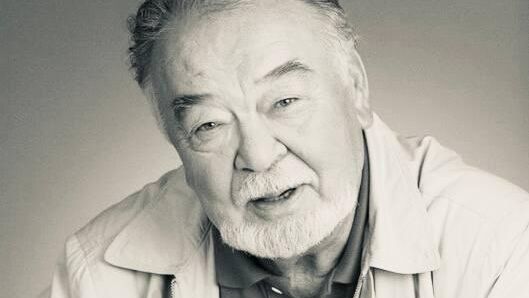



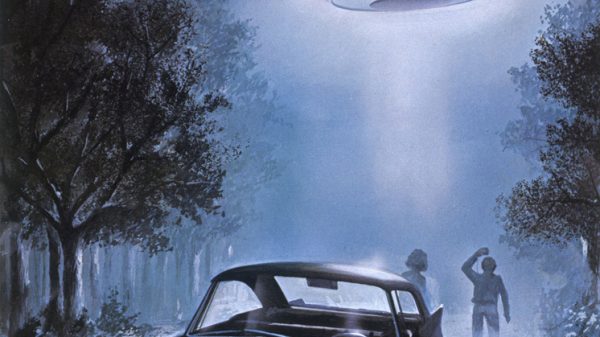
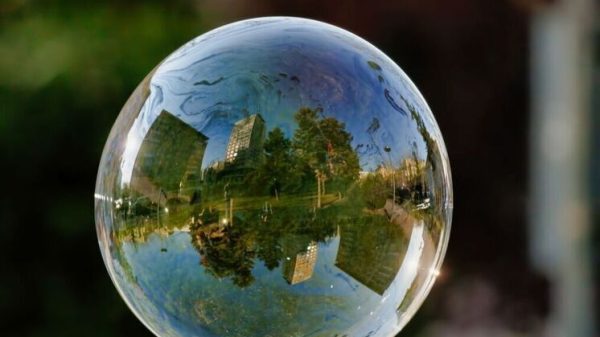











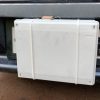

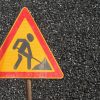










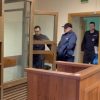






Свежие комментарии